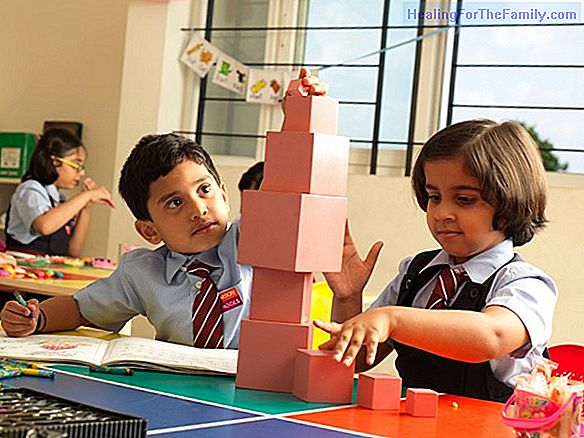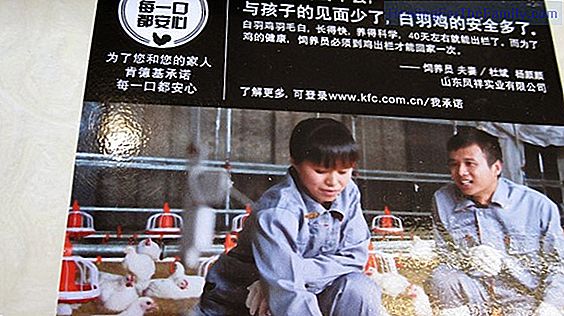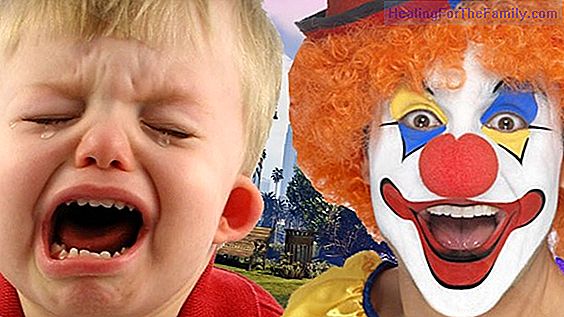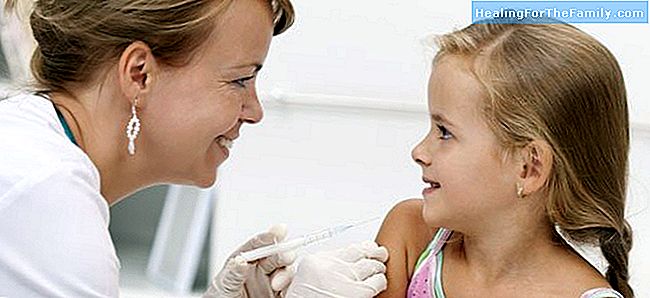Child cerebral palsy
Cerebral palsy is the most common brain injury en in childhood, and since the WHO is defined as a disability, not as a disease, something to keep in mind so as not to fall into false prejudices. It is a set of brain disorders derived from the sequelae of a lesion in the central nervous system. There
Cerebral palsy is the most common brain injury en in childhood, and since the WHO is defined as a disability, not as a disease, something to keep in mind so as not to fall into false prejudices. It is a set of brain disorders derived from the sequelae of a lesion in the central nervous system. Therefore, it is a disorder of posture and movement that occurs before the growth and development of the child is completed. Cerebral palsy is often accompanied by
other problems , although not necessarily caused by it such as: dysarthria, spasticity, epilepsy, auditory and visual disturbances, deformities and, only occasionally, mental deficiency.What are the causes of childhood cerebral palsy?
Rarely is there only one cause, rather it is a combination of conditions, but one of the most frequent is
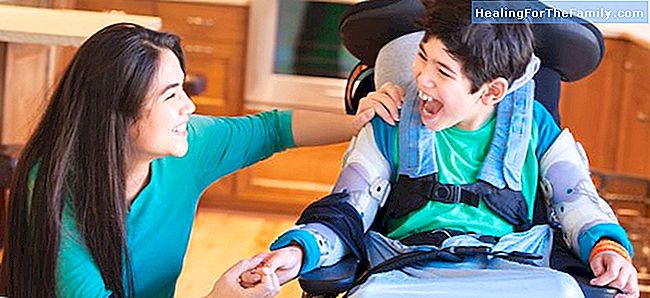
lack of oxygen (anoxia) to the child's brain. Some of the causes and conditions that are associated with cerebral palsy:
-
Prenatal : due to infections, for example, maternal rubella, diabetes, extreme malnutrition, exposure to radiation duringpregnancy . For consumption or use of drugs or contraindicated or uncontrolled medications during pregnancy. For anemia and maternal malnutrition.-
Perinatal (during delivery) : due to a delayed or prolonged and difficult delivery, it can causetraumatism or anoxia at birth. Prematurity can lead to a risk factor, the misuse and application of forceps and other instruments to force birth, suffocation caused by hanging with the umbilical cord, multiple births, etc. -
Postnatal (later to delivery) : for infections that affect brain maturity such as meningitis, accidents with serious head injuries.Different degrees of infantile cerebral palsy
At tonic-postural level, four types of cerebral palsy are distinguished:
- Spastic cerebral palsy : it is the largest group, around 60-75% of children have stiffness movement and the difficulty of relaxing the muscles.
- Cerebral palsy dyskinetic or athetoid: are children who have muscles that change rapidly from loose to tight. Your arms and legs move in an uncontrolled way, and it can be difficult to understand them because they have difficulty controlling their tongue, breathing and vocal cords (dysarthria).
- Ataxic cerebral palsy: the child presents body imbalance and unsteady gait, as well as difficulties in the coordination and control in the hands. - Mixed and other types:
almost 10% have P.C. mixed and a small percentage presents special types of muscle tension, such as dystonia, hypertonia, rigidity and tremor. We can also classify cerebral palsy in children according to their severity:-
light : when the child is not limited in ordinary activities, even presenting some physical alteration. -
moderate
: when the child has difficulties in carrying out daily activities and needs means of assistance or supports.
- severe: when the child is affected by a great limitation in daily activities. Treatment for cerebral palsy in childrenCerebral palsy
has no cure but there is a notable improvement, which is acquired the earlier it is identified and the rehabilitative intervention.For this reason, early stimulation and multisensory rehabilitation are essential. Without forgetting that social interaction with their peers acquires maximum importance in their stimulation and, at the same time, facilitates social inclusion. Because we must not forget that even if he has this
disability
he is still a child and his social development should be included with the same importance as rehabilitation. All this will facilitate the improvement of quality of life and equal opportunities.

